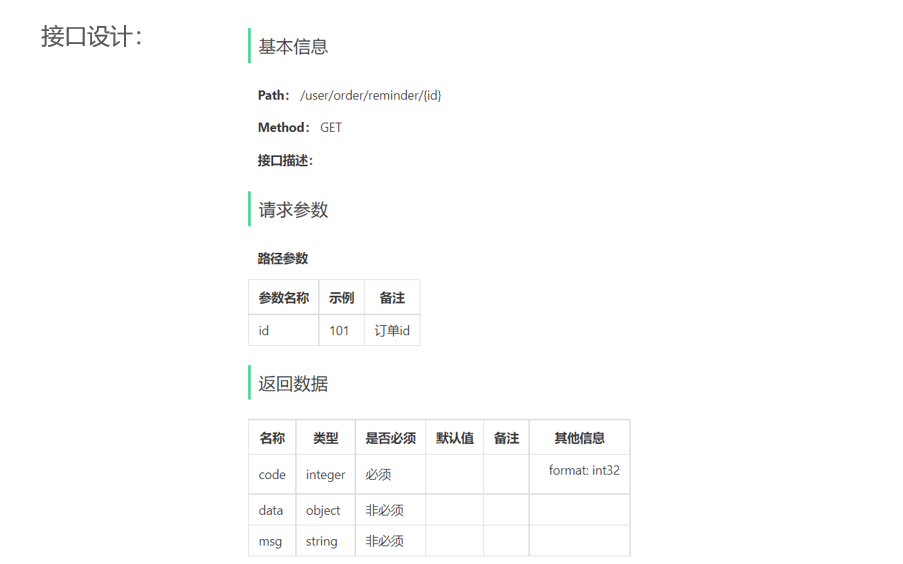随着人工智能技术的迅猛发展,AI带货直播软件已成为电商领域的一股新兴力量,这类软件通过结合AI技术、虚拟形象和实时互动功能,极大地提升了用户体验和购买转化率。
在开发这类软件的过程中,源代码的编写至关重要,本文将为大家科普AI带货直播软件开发中可能会用到的五段关键源代码,这些代码段覆盖了从界面交互到数据处理等多个方面。

1、直播界面初始化代码
直播界面的初始化是软件开发的第一步,它负责创建基本的用户界面,以下是一个使用Android平台的Java语言编写的简单直播界面初始化代码示例:
public class LiveActivity extends AppCompatActivity {
@Override
protected void onCreate(Bundle savedInstanceState) {
super.onCreate(savedInstanceState);
setContentView(R.layout.activity_live);
// 初始化直播控件
VideoView liveVideo = findViewById(R.id.live_video);
// 假设这里有一个方法用于设置直播源
liveVideo.setVideoURI(Uri.parse("http://example.com/live_stream"));
liveVideo.start();
// 初始化购买按钮
Button buyButton = findViewById(R.id.buy_button);
buyButton.setOnClickListener(new View.OnClickListener() {
@Override
public void onClick(View v) {
// 处理购买商品事件
// TODO: 实现购买逻辑
}
});
}
}这段代码演示了如何在Android应用中设置直播视频流和购买按钮的点击事件。
2、商品列表展示代码
商品列表是直播带货中不可或缺的部分,以下是一个使用RecyclerView展示商品列表的适配器代码示例:
public class ProductAdapter extends RecyclerView.Adapter {ProductAdapter.ProductViewHolder> {
private List products;
public ProductAdapter(List products) {
this.products = products;
}
@NonNull
@Override
public ProductViewHolder onCreateViewHolder(@NonNull ViewGroup parent, int viewType) {
View view = LayoutInflater.from(parent.getContext()).inflate(R.layout.product_item, parent, false);
return new ProductViewHolder(view);
}
@Override
public void onBindViewHolder(@NonNull ProductViewHolder holder, int position) {
Product product = products.get(position);
holder.title.setText(product.getTitle());
holder.price.setText(String.valueOf(product.getPrice()));
// 假设有方法设置图片
holder.image.setImageURI(Uri.parse(product.getImageUrl()));
}
@Override
public int getItemCount() {
return products.size();
}
static class ProductViewHolder extends RecyclerView.ViewHolder {
TextView title, price;
ImageView image;
ProductViewHolder(View itemView) {
super(itemView);
title = itemView.findViewById(R.id.product_title);
price = itemView.findViewById(R.id.product_price);
image = itemView.findViewById(R.id.product_image);
}
}
}这段代码展示了如何使用RecyclerView展示商品列表,并通过适配器将商品数据绑定到每个列表项上。
3、AI虚拟主播交互代码
AI虚拟主播是AI带货直播软件的核心,以下是一个简化的虚拟主播交互代码示例,展示如何使用自然语言处理技术处理用户输入:
from transformers import pipeline
# 加载预训练的对话模型
fill_mask = pipeline("fill-mask", model="bert-base-uncased")
def respond_to_user(user_input):
# 假设user_input是用户输入的文本
# 这里简化处理,使用BERT模型进行文本补全作为响应
response = fill_mask(user_input, top_k=1)[0]['token_str']
return response
# 示例使用
user_input = "你好,请问这款商品的价格是?"
response = respond_to_user(user_input)
print(f"虚拟主播回答:{response}")虽然这个例子只是使用BERT模型进行简单的文本补全,但在实际开发中,AI虚拟主播会利用更复杂的自然语言处理技术和机器学习模型来理解和生成更加自然和准确的回答。
4、实时数据推送与统计代码
直播带货过程中,实时数据推送和统计对于优化直播效果至关重要,以下是一个简化的数据推送和统计代码示例:
// 假设使用Node.js和Socket.IO进行实时通信
constio = require('socket.io')(3000);
// 模拟实时用户数据
let userCount = 0;
// 监听连接事件
io.on('connection', (socket) => {
console.log('新用户连接');
userCount++;
// 发送当前用户数量
socket.emit('userCount', userCount);
// 监听用户购买事件
socket.on('purchase', (productId) => {
console.log(`用户购买了产品ID: ${productId}`);
// 假设有一个方法来记录购买行为
recordPurchase(productId);
// 通知所有用户购买事件
io.emit('purchaseNotification', { productId, userCount });
});
// 监听用户断开连接事件
socket.on('disconnect', () => {
userCount--;
console.log('用户断开连接,当前用户数:', userCount);
});
});
// 假设的购买记录函数
function recordPurchase(productId) {
// 这里可以连接到数据库或其他存储系统来记录购买
console.log(在数据库中记录了产品ID为${productId}的购买行为);
}
// 监听端口
io.listen(3000);
console.log('实时通信服务器运行在3000端口');上述代码示例使用了Node.js和Socket.IO库来创建一个简单的实时通信服务器,服务器监听用户的连接和断开连接事件,并维护一个用户计数。
当用户购买商品时,服务器会记录这一行为,并通过Socket.IO向所有连接的客户端发送购买通知。
5、AI商品推荐代码
AI商品推荐是提升直播带货效果的重要手段,以下是一个简化的AI商品推荐算法示例,使用基于用户历史行为的推荐策略:
# 假设有一个商品和用户行为的数据库
# 这里我们使用字典来模拟
user_history = {
'user1': ['product1', 'product3'],
'user2': ['product2', 'product4'],
# 更多用户...
}
product_similarity = {
'product1': {'product2': 0.8, 'product3': 0.6, 'product4': 0.4},
'product2': {'product1': 0.8, 'product3': 0.5, 'product4': 0.7},
# 更多产品的相似度...
}
def recommend_products(user_id, num_recommendations=3):
history = user_history.get(user_id, [])
recommendations = []
for product in history:
similar_products = product_similarity[product]
for similar_product, score in similar_products.items():
if similar_product not in history and similar_product not in recommendations:
recommendations.append((similar_product, score))
# 根据相似度分数排序并返回前num_recommendations个推荐
recommendations.sort(key=lambda x: x[1], reverse=True)
return [rec[0] for rec in recommendations[:num_recommendations]]
# 示例使用
user_id = 'user1'
recommended_products = recommend_products(user_id)
print(f"推荐给用户{user_id}的商品有:{recommended_products}")上述代码示例模拟了一个简单的基于用户历史行为的商品推荐系统,它根据用户之前购买或查看的商品,利用预定义的商品相似度字典来推荐相似的商品。

在实际应用中,商品相似度可能会通过复杂的机器学习模型来计算,并且会考虑更多的用户特征和行为数据。
以上五段源代码覆盖了AI带货直播软件开发中的几个关键方面,从界面初始化、商品展示、AI虚拟主播交互、实时数据推送与统计到AI商品推荐。
这些代码段为开发者提供了一个基础框架,以便进一步根据实际需求进行扩展和优化。







![[论文笔记]一种超越思维链的提示策略——少到多提示](https://img-blog.csdnimg.cn/img_convert/7276b2e267f28044966a28327e5677fc.png)











